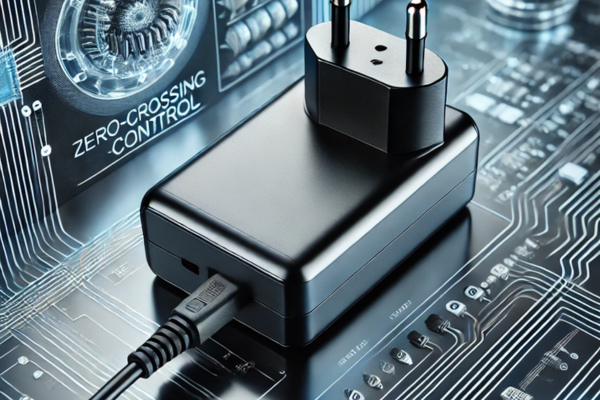AC power supplies play a critical role in converting and delivering reliable power for a wide variety of applications, including industrial automation, consumer electronics, medical equipment, and communication systems. Selecting the right AC power supply ensures your system runs efficiently, safely, and reliably.
1. Understand Your Application Requirements
The first step in selecting an AC power supply is to understand the basic needs of your application:
Input Voltage Range: Ensure the power supply supports the local mains voltage. For example, 220VAC ±10% is standard in many countries, while 110VAC ±10% is common in North America. For global applications, choose a wide input range such as 85–264VAC.
Output Voltage and Power Rating: Determine the required DC output voltage (e.g., 12VDC, 24VDC) and maximum power consumption of the load. It's recommended to select a power supply with 20% to 30% headroom to handle peak loads and ensure durability.
Load Type: Different loads have different sensitivities. For example, LED lighting systems require low ripple noise, while motor drives may need fast transient response and high startup currents.
2. Evaluate Performance Parameters
Efficiency
High-efficiency power supplies reduce energy losses, lower heat generation, and improve overall system performance. For general applications, aim for efficiency of at least 85%. For medical or telecom use, 90% or higher is recommended.
Voltage Stability and Ripple Noise
Choose a power supply that offers stable voltage output and low ripple noise. This is especially important for precision electronics, audio systems, and medical devices, where power fluctuations can affect performance.
Power Factor Correction (PFC)
For compliance with international efficiency standards such as IEC61000-3-2, select power supplies with active PFC functionality. PFC improves energy utilization and reduces harmonic distortion in the power grid.
Protection Features
A reliable power supply should have comprehensive protection mechanisms:
Overvoltage Protection (OVP)
Overcurrent Protection (OCP)
Short Circuit Protection (SCP)
Over Temperature Protection (OTP)
These features prevent damage to the power supply and connected devices under fault conditions.
3. Consider Environmental and Mechanical Requirements
Operating Temperature
Ensure the power supply can operate reliably within the expected temperature range. For outdoor or industrial environments, choose models with extended temperature ratings or additional protection against moisture and dust.
Cooling Method
There are two main types: fan-cooled and convection (fanless). Fanless power supplies are preferred in noise-sensitive environments or compact, sealed enclosures.
Size and Mounting Options
In space-constrained applications, compact or custom-sized power supplies may be necessary. Also consider mounting options such as DIN rail, open frame, or enclosed casing based on your design needs.
4. Compliance with Industry Standards
Different industries require different safety and compliance certifications. Choose a power supply that meets the standards relevant to your application:
Medical Equipment: IEC 60601-1 compliance
Industrial Equipment: UL/EN/IEC 62368-1
Telecom Equipment: EMC (Electromagnetic Compatibility) compliance
LED Lighting: EN61347 or UL8750
Using a certified power supply helps streamline product approvals and ensures regulatory compliance.
5. Choose a Reliable Brand and Supplier
Working with a reputable manufacturer ensures better component quality, reliability, and long-term support. Look for companies that offer:
ISO 9001 quality control certification
Proven industry experience
Technical support and after-sales service
For example, companies like Quankang offer dependable power solutions and components for industries including medical, industrial, and consumer electronics. Their focus on safety and protection technology ensures higher reliability and peace of mind.
6. Final Checklist & Recommendations
Here’s a step-by-step summary to help you choose the right AC power supply:
Define load specifications: voltage, current, and power margin
Confirm the input voltage range required
Evaluate efficiency, stability, and ripple performance
Ensure the power supply has appropriate protection features
Consider environmental factors such as temperature and humidity
Choose a model with the right size and cooling method
Verify applicable safety and compliance certifications
Select a reliable manufacturer with strong technical support
Choosing the right AC power supply is not just about matching voltage and current — it's about ensuring the overall reliability, safety, and performance of your system. By taking the time to evaluate your specific needs and comparing available options, you can make a confident decision that will enhance the value and durability of your product.







